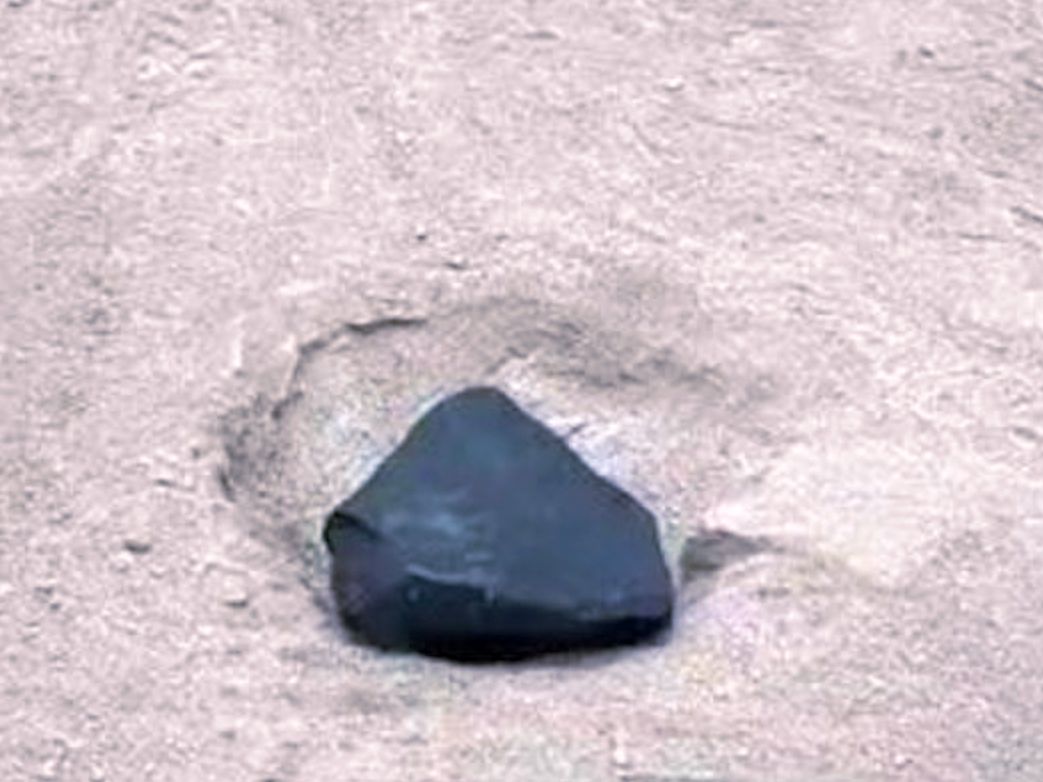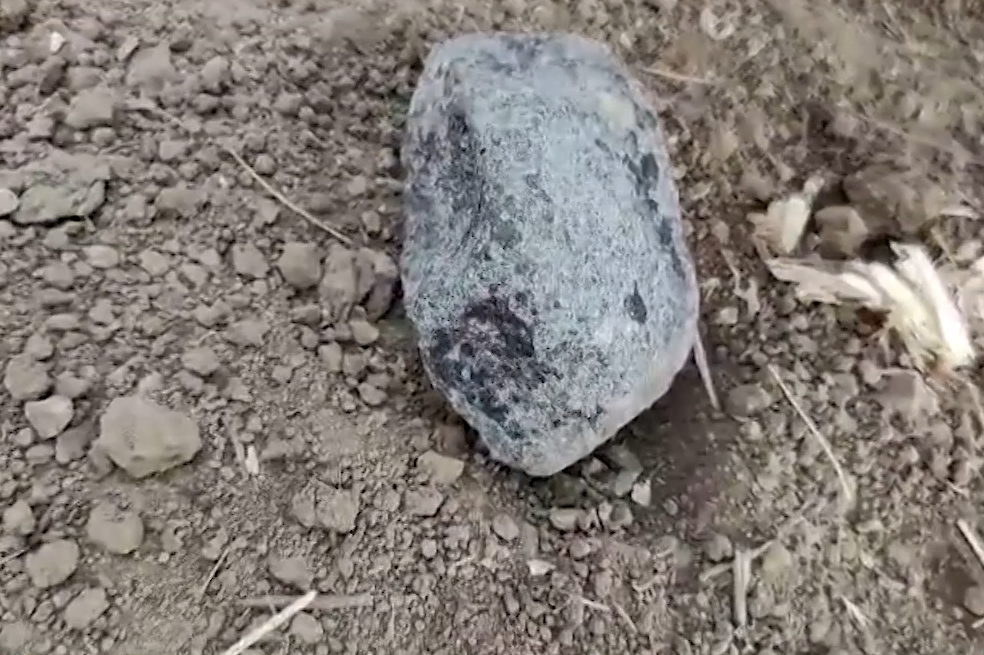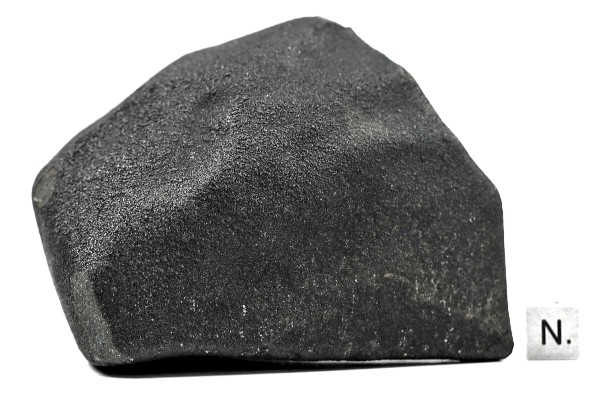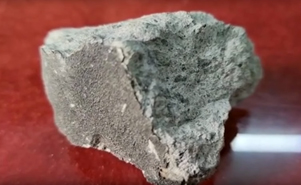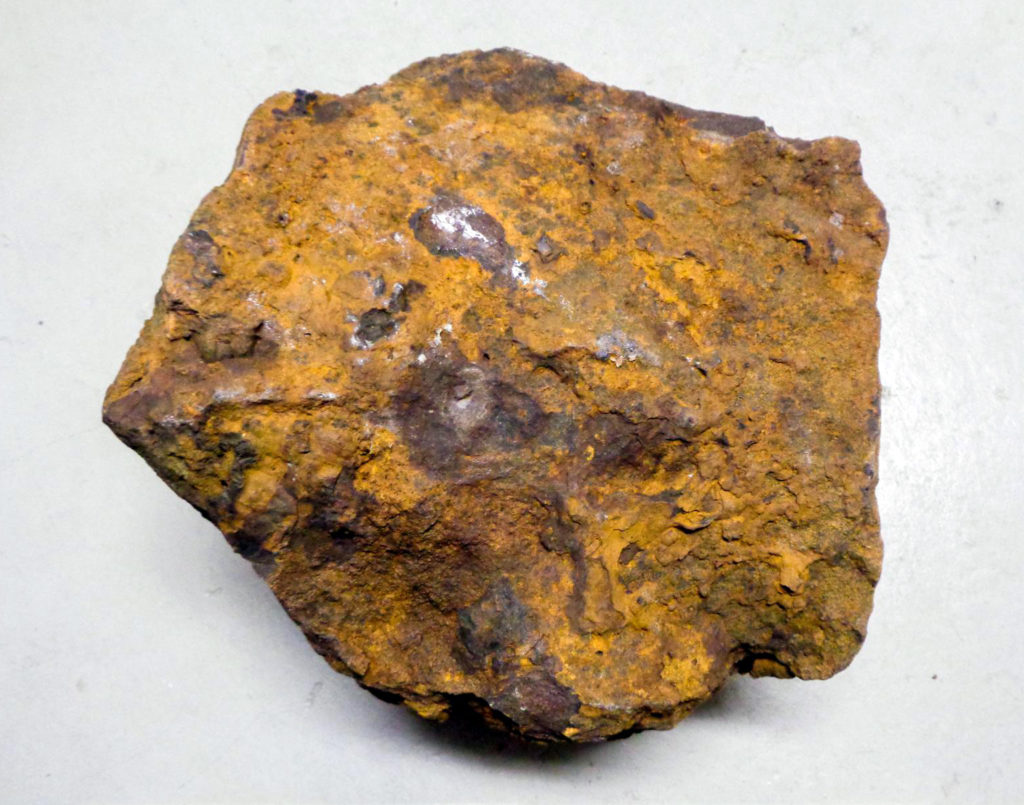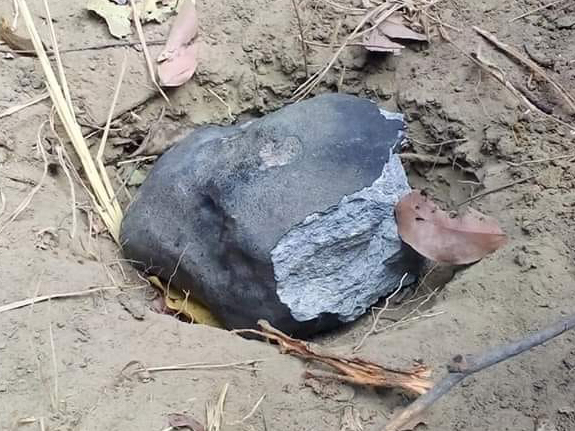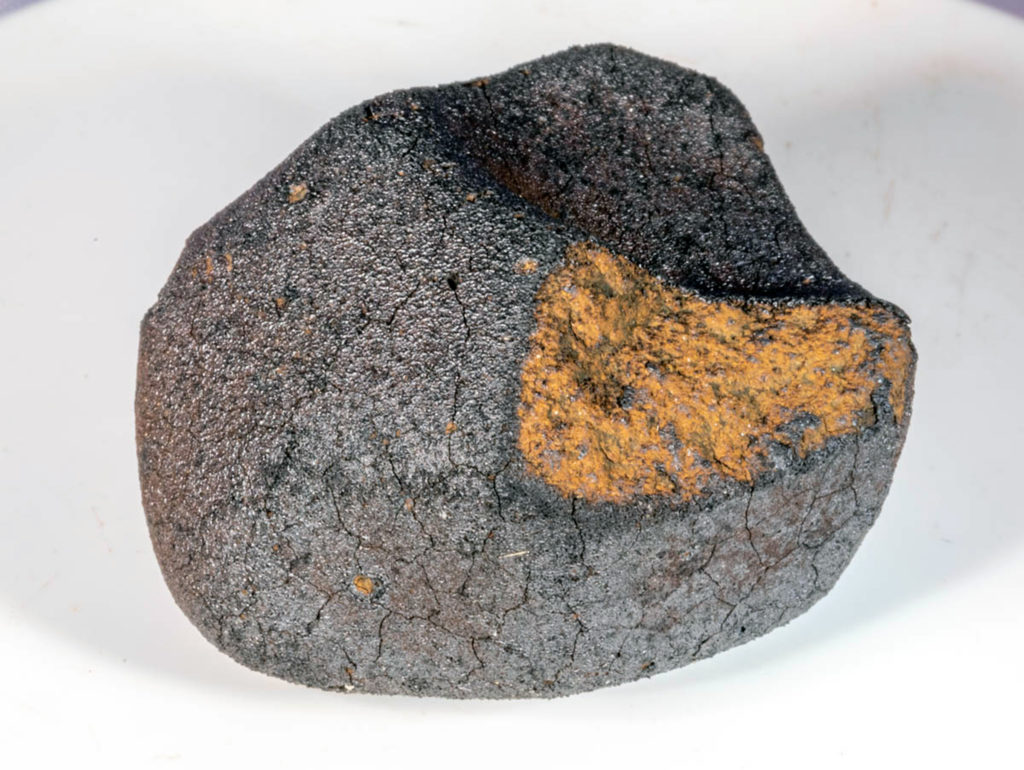Shock deformation and U-Pb isotope systematics in zircon from impactites of the Rochechouart impact structure: Impact age and zircon provenance
Daniela Guerrero, Wolf Uwe Reimold, Natalia Hauser, Gavin Kenny, Martin Whitehouse, Philippe Lambert
Geochimica et Cosmochimica Acta, In Press, Journal Pre-proof, Available online 31 May 2025
“The >23 km diameter, ∼207 Ma old Rochechouart impact structure is located in the NW part of the Paleozoic basement of the French Massif Central. Despite significant erosion, this impact structure preserves a heterogeneous suite of impactites, and the transition between the crater floor and the basement. Recent textural and geochronologic studies of U-Pb on zircon from impactites and basement lithologies of this structure have shown a wide variety of shock deformation textures and age distributions. In this study, we present a comprehensive analysis combining detailed textural characterization (CL, BSE, EBSD) and U-Pb geochronological analyses at different spatial resolutions (SIMS and LA-ICP-MS) of zircon from two melt-bearing breccias (suevites) from Chassenon and Videix, and one impact melt rock (IMR) from Babaudus. The analyzed crystals display a variety of shock deformation textures. Identification of FRIGN zircon and grains with high proportions of reidite in the Videix suevite indicates that these types of shock deformation are more widespread than previously reported. In the Chassenon suevite, U-Pb age resetting increases with shock intensity, whereas in the Videix suevite, higher U and/or Th contents also appear to control resetting. In the Babaudus IMR, the similar ages for shocked granular zircons and some unshocked grains suggest that additional factors, beyond shock deformation and composition, influence age resetting. The SIMS analyses yielded more reliable results after common Pb correction. The best estimate of the impact age obtained from this study is 203 ± 4 Ma (2σ, MSWD = 3.4, probability = 0.065) for SIMS analyses of two granular grains from the Babaudus IMR and one granular crystal from the Videix suevite. Zircons with youngest (191 ± 4 Ma, post-impact) ages show similar characteristics to those close to the widely accepted age for the impact at 207 Ma, highlighting the challenge of distinguishing between grains and separating ages related to the impact from possible post-impact events (e.g., hydrothermal alteration). Finally, the geochronological results for the Videix and the Chassenon suevites show a clear correlation with provenance results for granitic and gneissic target lithologies, respectively. In contrast, the Babaudus IMR has an age distribution comparable with other impact melt rocks from Montoume and Recoudert but cannot be related to an identified target lithology.”

